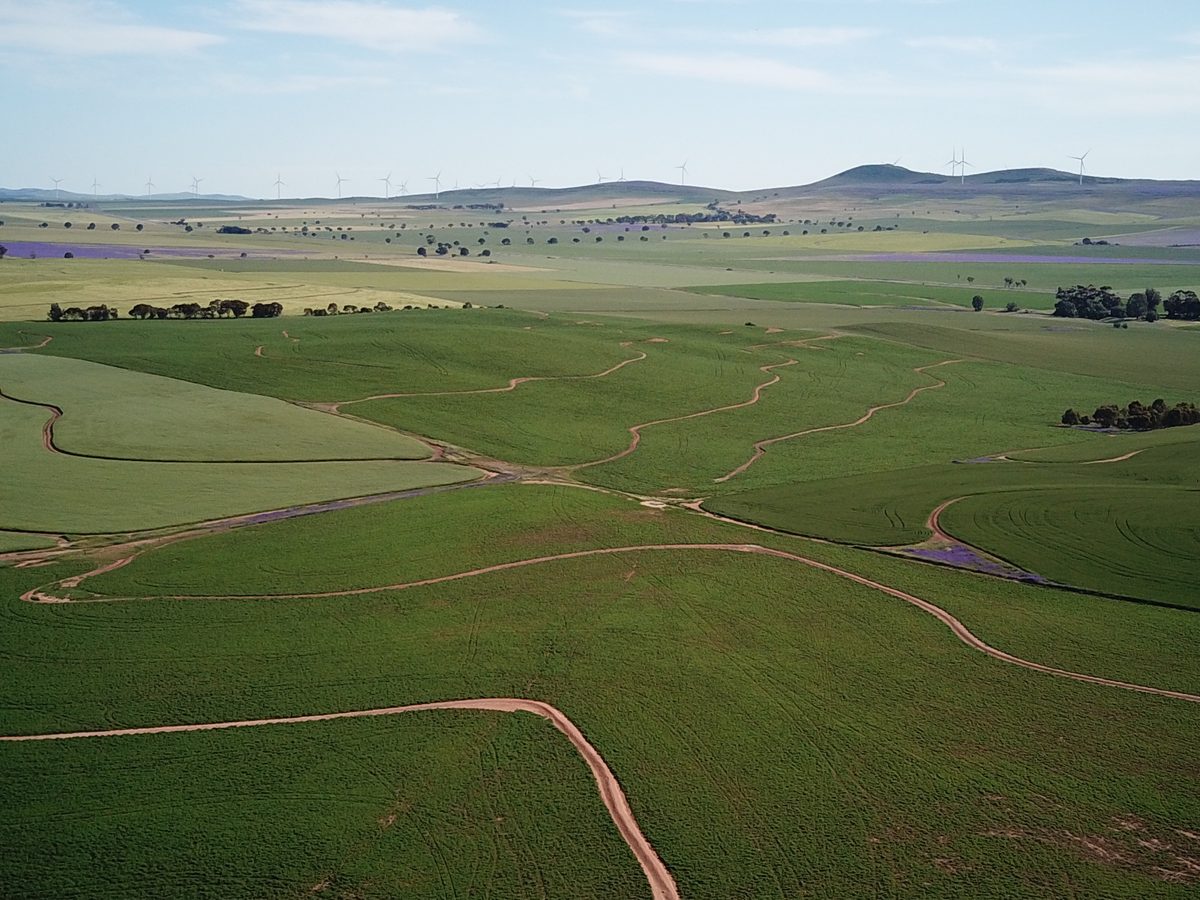Soil Erosion Protection
Soil wind and water erosion is the highest priority threat to the agricultural soils in South Australia. Without intervention, soil erosion can have adverse social, economic and environmental impacts. Soil erosion depletes the productive capacity of land as it removes nutrients, organic matter and clay from soil, which are most important for plant growth. Soil erosion has a wide range of costly off-site impacts including damage to roads, disruption to transport and electricity supply, contamination of wetlands, watercourses and marine environments, and human health impacts caused by raised dust.
Soil erosion has steadily declined in the agricultural areas of South Australia over the past 70 years due to improvements in farming practices, but soil losses still occur with extreme wind or rainfall events, and after severe or prolonged drought.
Cause
Soil erosion is a natural process, however the historical clearance and cultivation of land for agriculture has resulted in rates of soil loss many times higher than in undisturbed environments.
Extent
Approximately 5.4 million hectares (60% of cleared land) of agricultural land is inherently susceptible to wind erosion, and 2.9 million hectares (32%) is inherently susceptible to water erosion.
Monitoring and trends
Monitoring soil erosion by direct measurement is technically impractical. Instead, the condition of the soil surface in agricultural lands is assessed for relative protection (historically from visual survey of vegetation cover, more recently using satellite remote sensing) from the risk of wind and water erosion over time. Soil protection is expressed as the average number of days per year that agricultural cropping land is adequately protected from (or at risk of) erosion. There has been an overall improving trend in erosion protection over the last 20 years, despite several years of very dry seasons and other challenging management issues.



